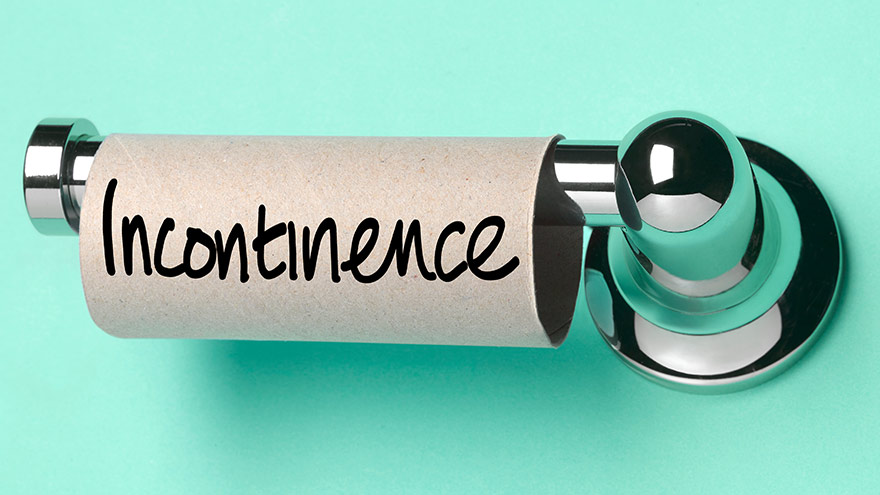Don’t Put Your Bladder Health on Hold
October 20, 2021

What is urinary incontinence?
Men and women of all ages can have difficulty controlling their bladders. Urinary incontinence occurs when the muscles in the bladder that control the flow of urine contract or relax involuntarily.Is there more than one type of urinary incontinence?
Yes, there are three main types:
- Stress incontinence is when the bladder leaks small amounts of urine as a result of physical stress or pressure on the muscles supporting the bladder caused by coughing, sneezing, laughing, lifting or any sudden physical exercise such as running or jumping.
- Urge incontinence is the inability to control a strong urge to go without advance warning, limiting the time needed to get to the bathroom.
- Overflow incontinence occurs when the bladder does not empty properly. As a result, over time, large quantities of urine are stored, causing the bladder to overflow (this is more common in men and is often the result of an enlarged prostate blocking the bladder opening).
Are there any tests that can determine the cause and type of incontinence?
Your doctor may have you track your fluid intake and output in a Bladder Diary. A urinalysis can be checked for infection, traces of blood, or other abnormalities. Blood tests can look for chemicals or substances that may relate to contributing causes. Other testing may be an ultrasound, cystogram or post voiding residual measurement.How is urinary incontinence treated?
Exercises to strengthen the pelvic floor muscles or restrain the bladder to hold on for longer. Medication can relieve and control the troublesome symptoms. If there is an infection an antibiotic is used. Surgery can repair weakened muscles or remove blockage. Special products such as pants, pads, collection devices, and chair and bed protection may be needed if the problem cannot be controlled.How do you strengthen your pelvic floor muscles?
To make your pelvic floor muscles stronger, alternate between squeezing and relaxing them. Following the steps below may help:- Squeeze your muscles for one second and hold.
- Relax your muscles for two seconds.
- Each time you squeeze and relax, it counts as one set.
- Complete five sets.
What can I do to help control incontinence?
Watch your weight, practice pelvic floor muscle exercises, eat plenty of fresh fruits, vegetables and fiber to prevent constipation. Most importantly, talk to your doctor regarding incontinence issues, don’t be embarrassed!